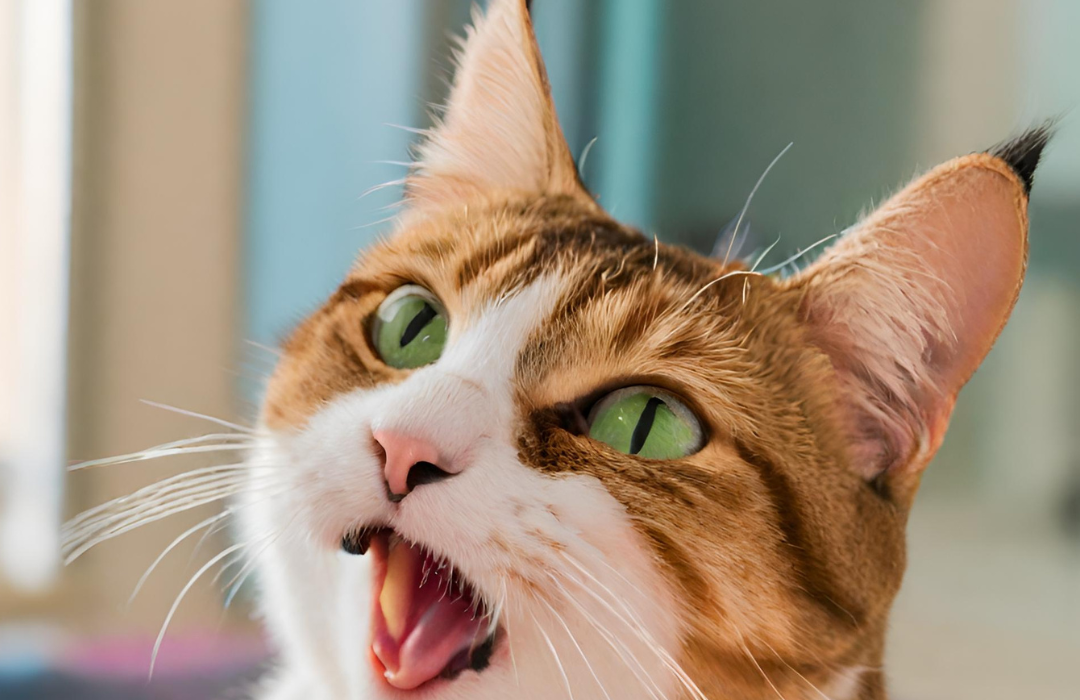
Embark on an enlightening journey into the diverse world of cats vocalizations as we unravel the intricate language of meows, purrs, chirps, and more. In this exploration of “Vocalizations,” we delve into the nuanced meanings behind different cat sounds, gaining insights into the rich tapestry of communication that forms the foundation of the unique bond between cats and their human companions.
The Melodic Meow
Meowing is a primary form of communication for cats, and its nuances vary widely. From the plaintive meow seeking attention to the confident meow of greeting, each meow carries distinct meanings. Understanding the pitch, duration, and context of meows helps decipher your cat’s intentions and desires.
Purring, The Universal Lullaby
Purring is a versatile vocalization that cats use to express contentment, relaxation, and even self-healing. While purring is commonly associated with happiness, cats may also purr when injured or unwell. Recognizing the context of purring provides valuable insights into your cat’s emotional and physical well-being.
Chirps and Chatters
Chirping and chattering are delightful vocalizations often observed when a cat is observing birds or other prey from a distance. This behavior is an expression of excitement, anticipation, and the instinctual drive to ‘hunt.’ Chirps and chatters are unique sounds that showcase your cat’s playful and curious nature.
Hissing and Growling, Defensive Communication
Hissing and growling serve as defensive vocalizations when a cat feels threatened, frightened, or defensive. These guttural sounds convey a clear message of discomfort or a desire for space. Recognizing hisses and growls is crucial for creating an environment where your cat feels secure.
Trilling, Expressing Affection
Trilling is a melodic, high-pitched sound that cats use to express affection and excitement. Mother cats often try to communicate with their kittens, and adult cats may try to greet their human companions. These sweet sounds signify positive interactions and a strong bond.
The Silent Language of Tail Signals
While not vocalizations, tail signals play a significant role in cat communication. Paying attention to the position and movement of your cat’s tail provides additional context to their vocal expressions, enhancing your understanding of their mood and intentions.
Whining and Begging, Expressing Needs
Cats may employ whining or begging sounds to communicate their needs, whether it’s mealtime, playtime, or a desire for attention. Recognizing the specific tones and patterns in these vocalizations helps you respond appropriately to your cat’s requests.
Understanding Individual Variations
Each cat has a unique vocal repertoire, and understanding your cat’s individual variations adds depth to your communication. Some cats may be more vocal than others, and recognizing their specific tones and patterns strengthens the mutual understanding between you and your cat’s friend.
In conclusion, “Vocalizations” unveils the rich symphony of cat communication. By interpreting the diverse sounds cats use to express themselves, you enter into a nuanced conversation with your cat, strengthening the bonds of companionship. Here’s to the melodic meows, soothing purrs, and the enchanting language that defines the delightful world of cats vocalizations! 🐾🎶
